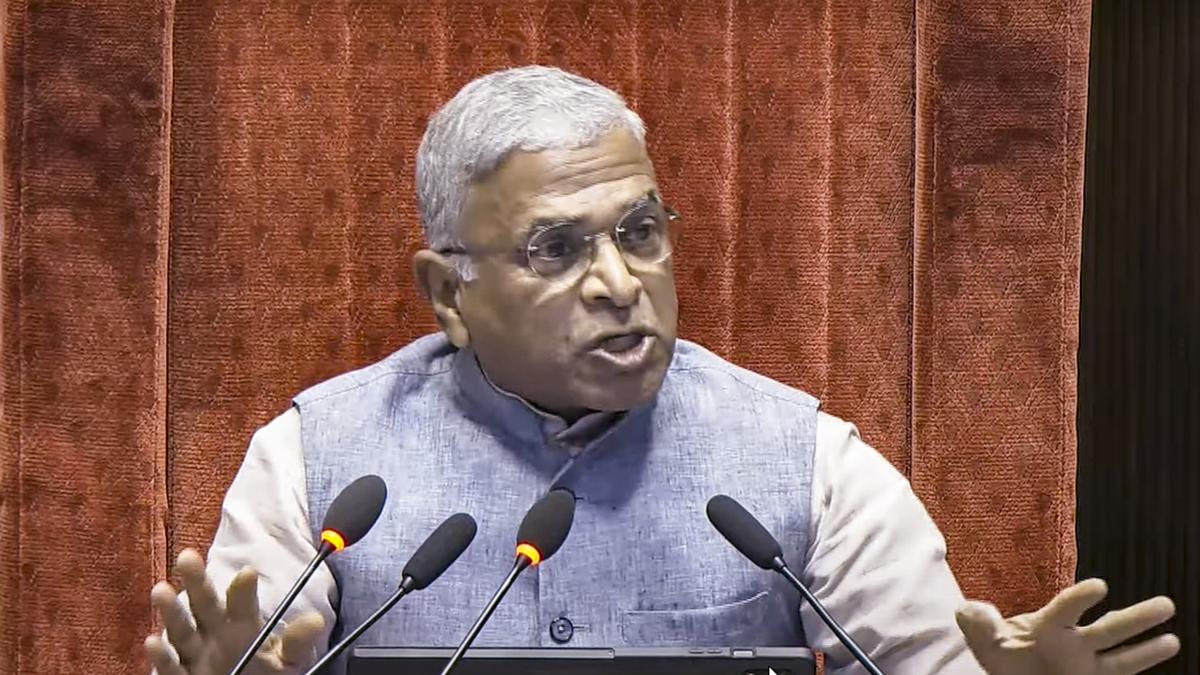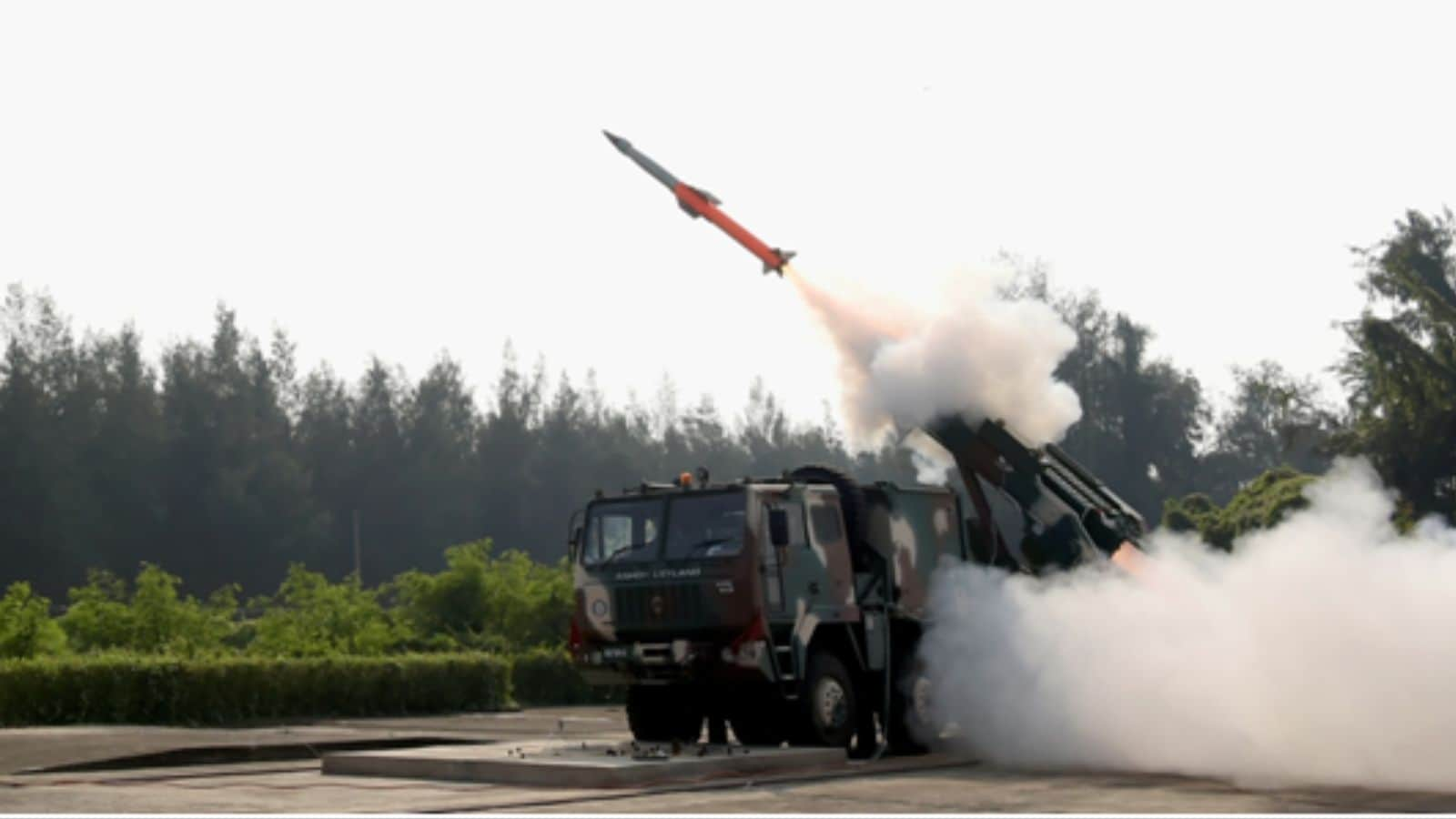The scale and intensity of the southwest monsoon will be intensified further starting from July 25, influenced by the remnants of tropical cyclone Wipha. Though Wipha, downgraded to a tropical storm, left a trail of destruction in parts of Southeast Asian countries by bringing in strong winds and heavy rain, it is likely to emerge over the North Bay of Bengal.
Although weakened after the landfall, the system is likely to get intensified further after crossing over to the Bay of Bengal. According to a weather bulletin issued by the India Meteorological Department (IMD) on Tuesday, a fresh cyclonic circulation (remnant of Tropical Cyclone Wipha) is likely to emerge over the North Bay of Bengal during the next 24 hours. Under its influence, a low pressure area is likely to form over the same region in the subsequent 48 hours.
Though the track and timeline of the system would be clearer after the formation of low pressure area, it is likely to intensify into a depression and may move into the coastline of the country, triggering widespread rainfall in eastern and central India. “This will also help the strengthening of the flow of westerlies from the Arabian Sea into the mainland of the country, activating some intense spells of rain in the Western Ghat regions along the west coast of the country. We expect intense rainfall activity in Kerala for three days starting from July 25,” said V.K. Mini, a scientist with IMD, Thiruvananthapuram.
North and central Kerala will get a major share of rain during the next surge. The next surge can also narrow down the deficiency margin of the southwest monsoon rainfall in Kerala, which is still 11 % short of the average of rain clocked during the opening two months of June and July. The State will have to get a cumulative average rainfall of 1,302 mm of rain during June and July, while it has received 997.3 mm of rain so far against the average of 1124.2 mm (from June 1 to July 22).



.png)
.png)
.png)
















 1 week ago
9
1 week ago
9









 English (US) ·
English (US) ·